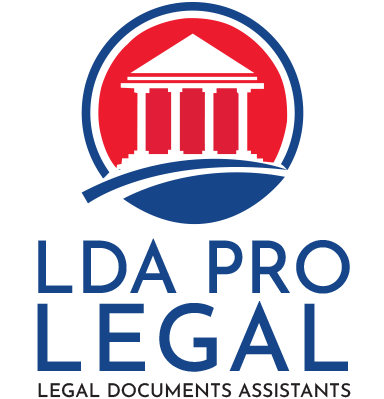Understanding the Divorce Process
Divorce can be a challenging and emotionally draining experience. Understanding the legal process is essential to navigate it successfully. Divorce is the formal termination of a marriage by a court, which legally frees both parties from marital obligations. It involves dividing assets, resolving child custody, and addressing spousal support. The divorce process can vary significantly depending on whether it is contested or uncontested. In an uncontested divorce, both parties agree on all terms, making the process quicker and less expensive. However, contested divorces can be more complex and time-consuming, requiring court intervention to resolve disputes. It’s important to know the state-specific regulations, as divorce laws differ across jurisdictions. For instance, California requires a six-month residency before filing. Understanding the divorce process helps you prepare better, reduce stress, and avoid common pitfalls. Seeking professional guidance early on, such as consulting a paralegal or a legal document assistant, can be beneficial in navigating this complex process smoothly.

















